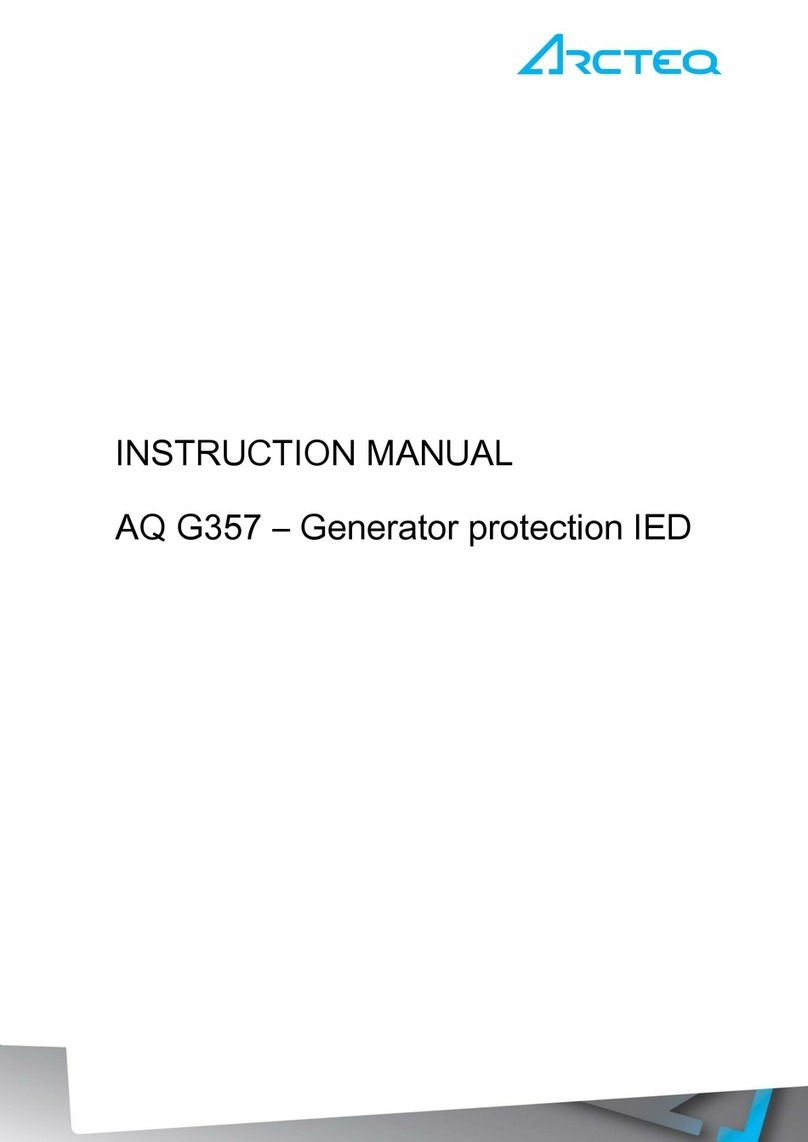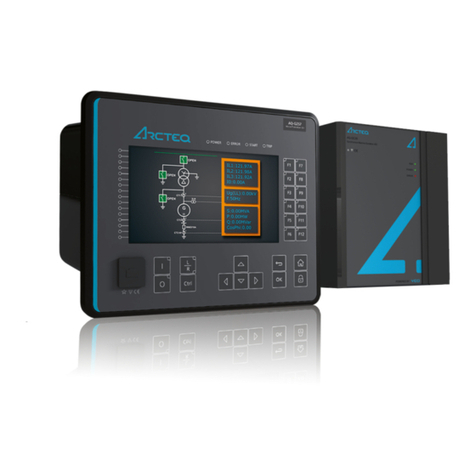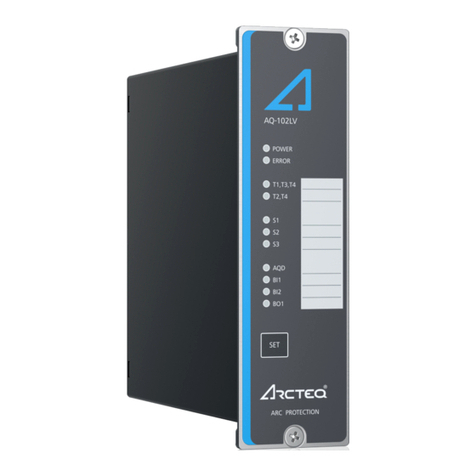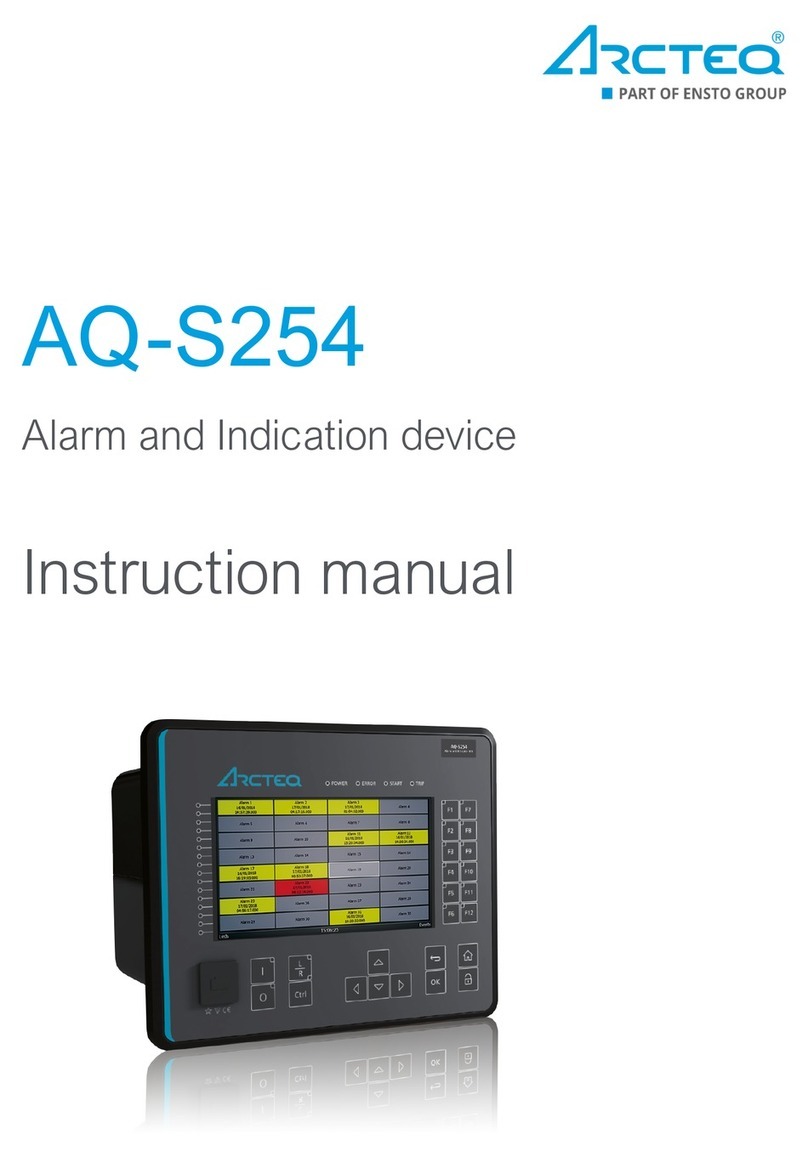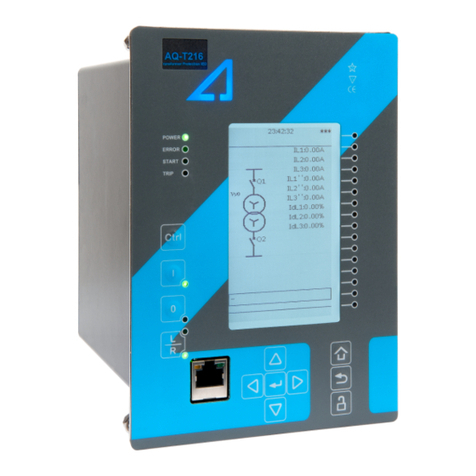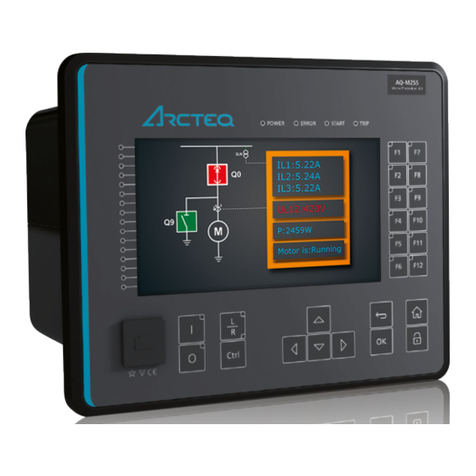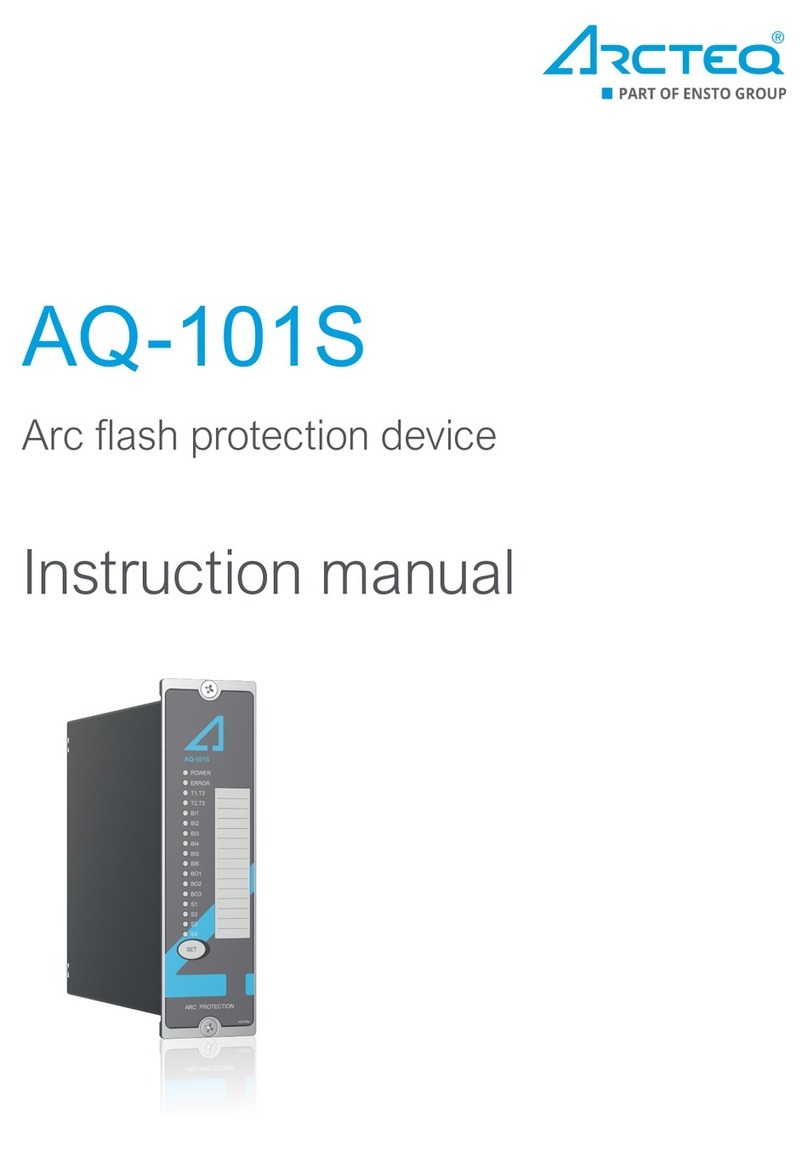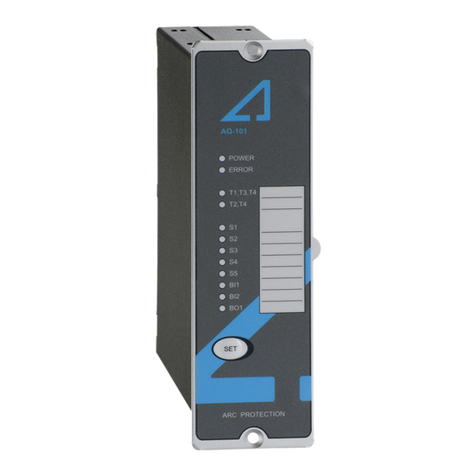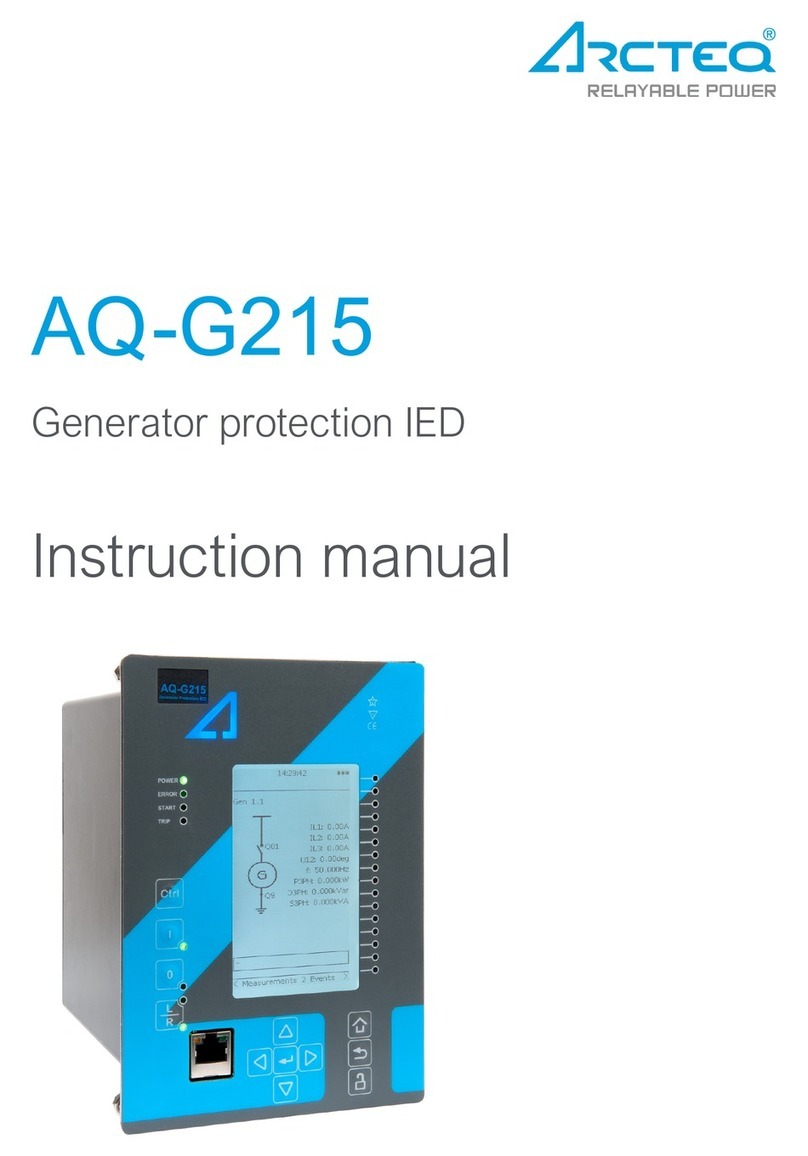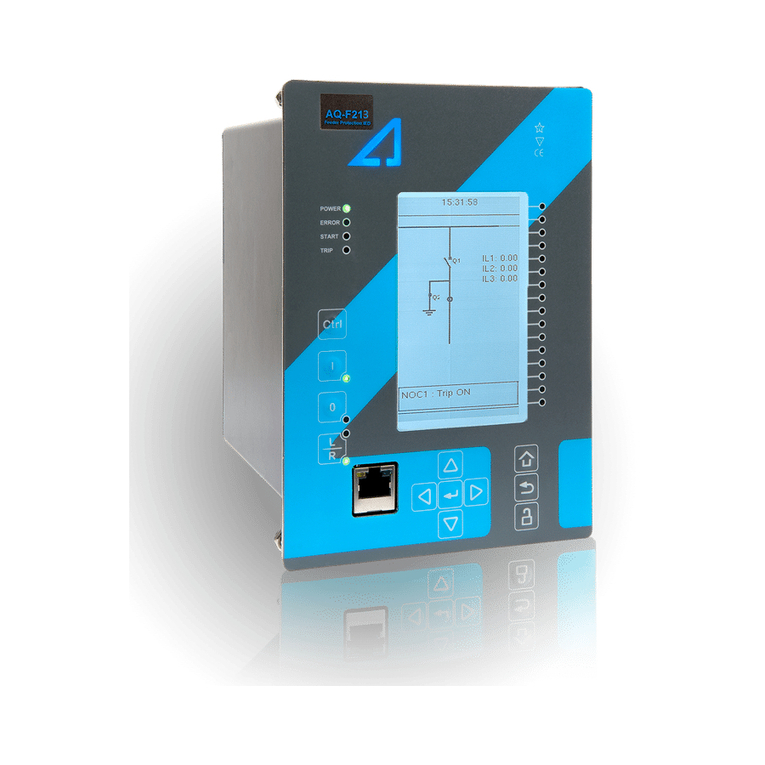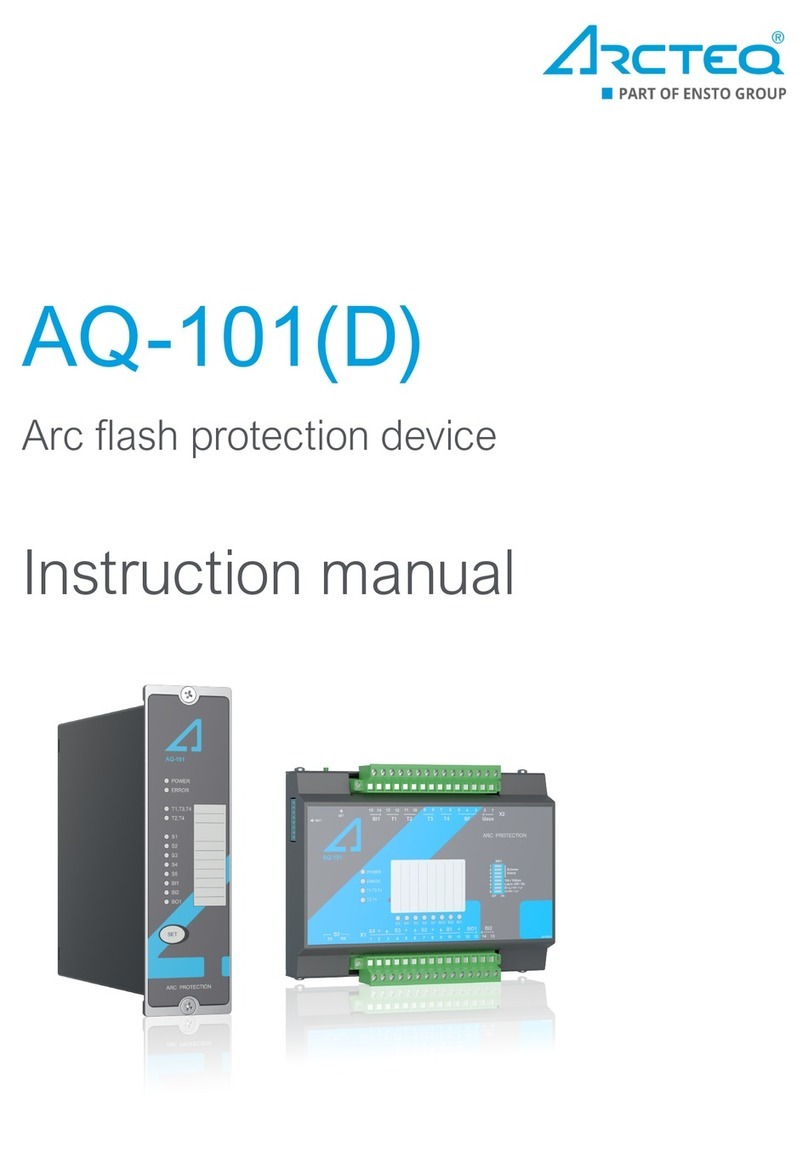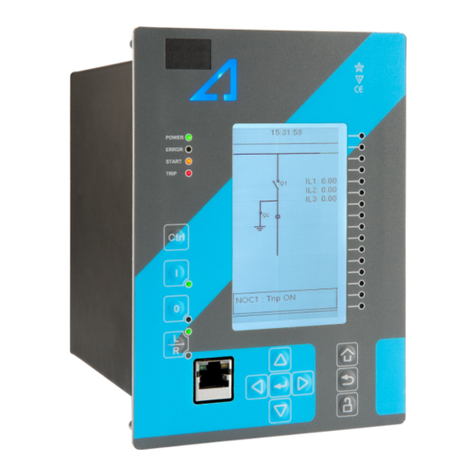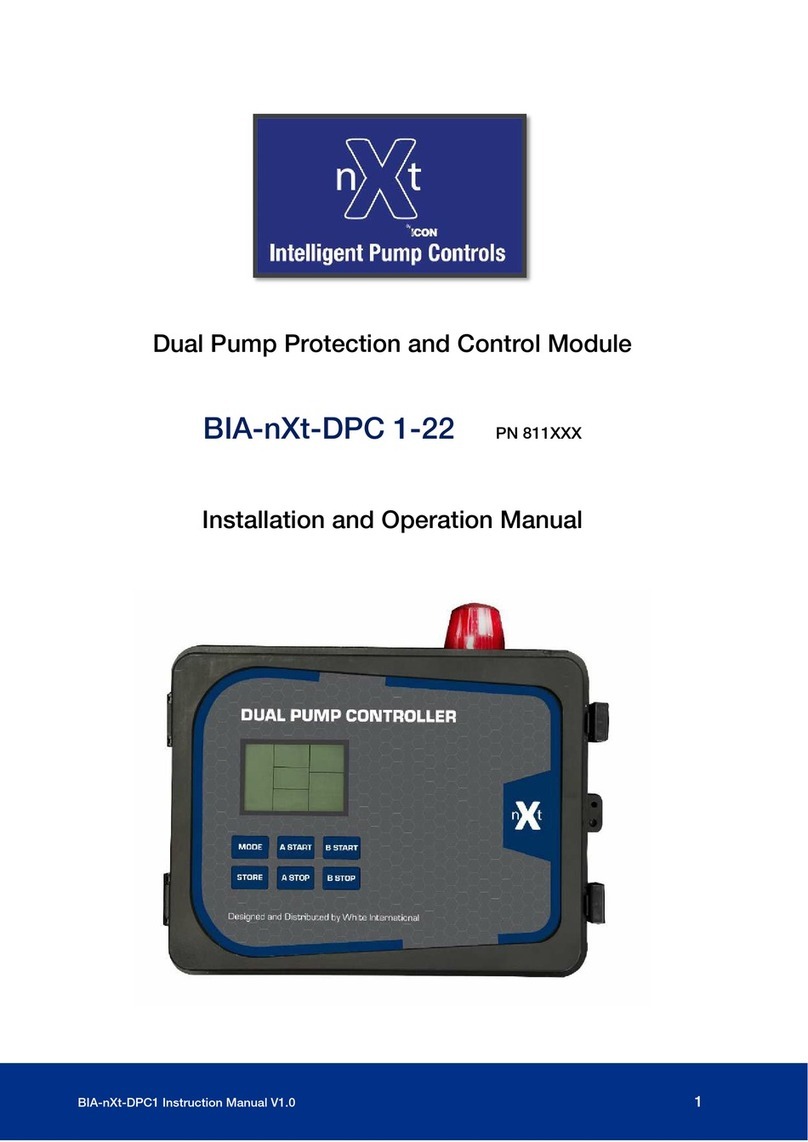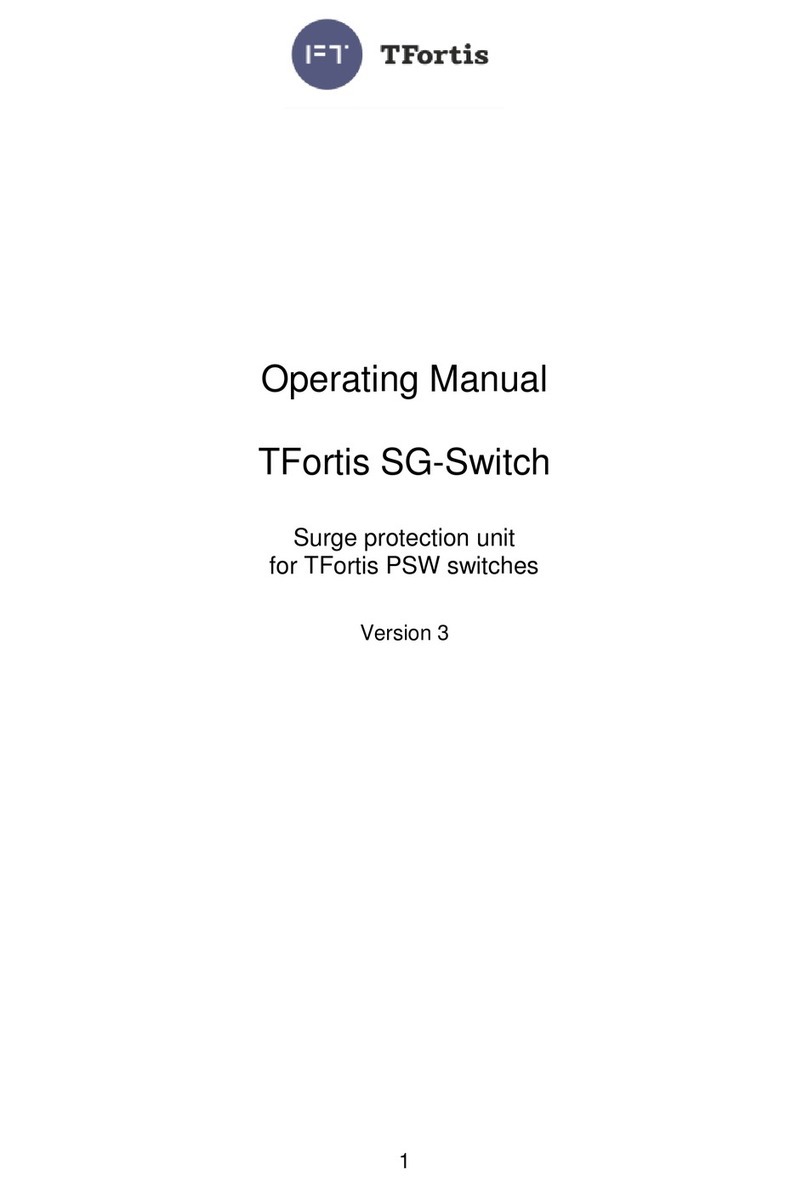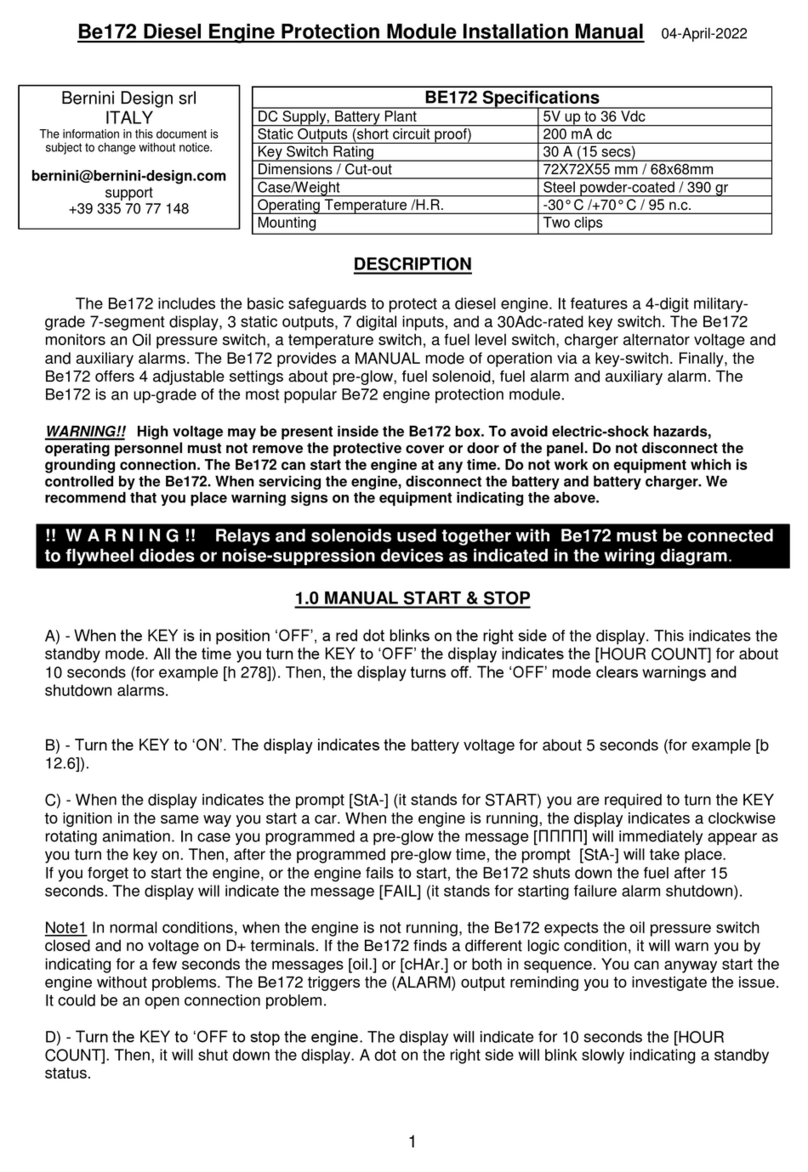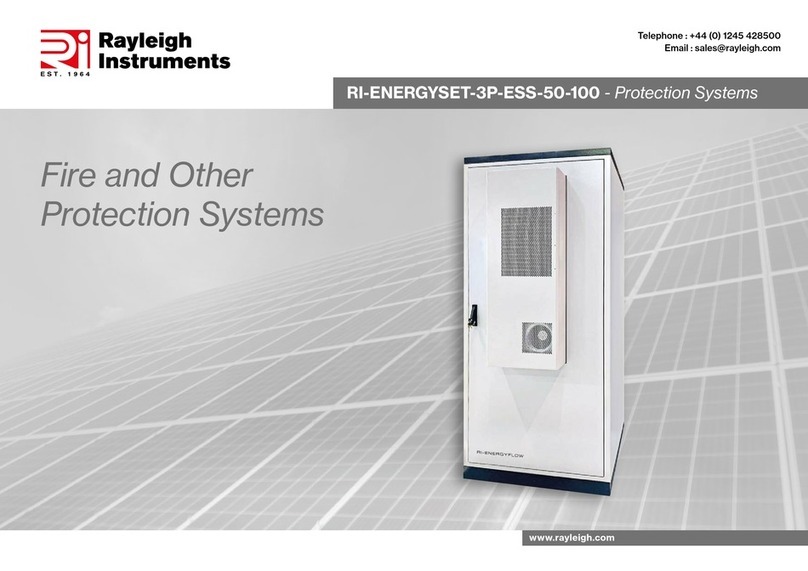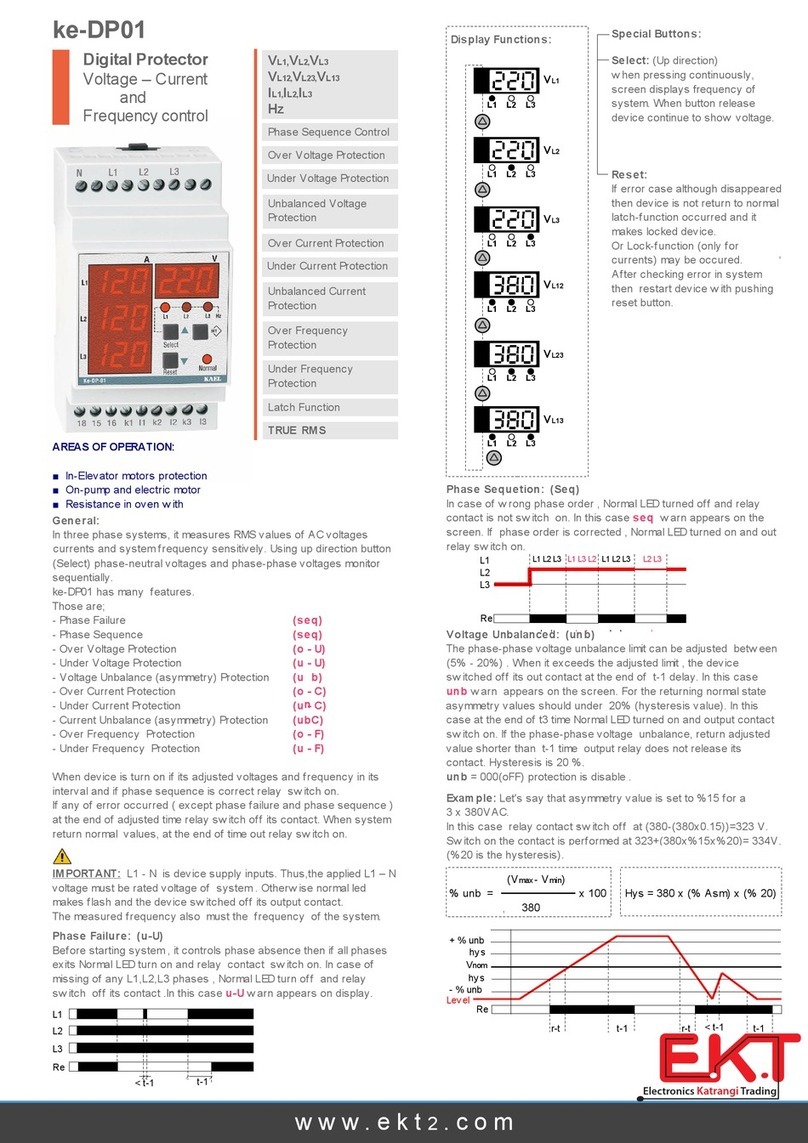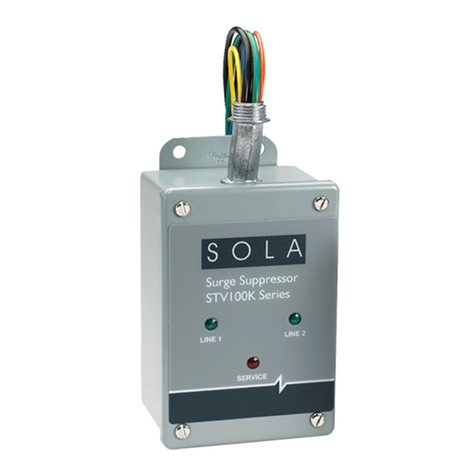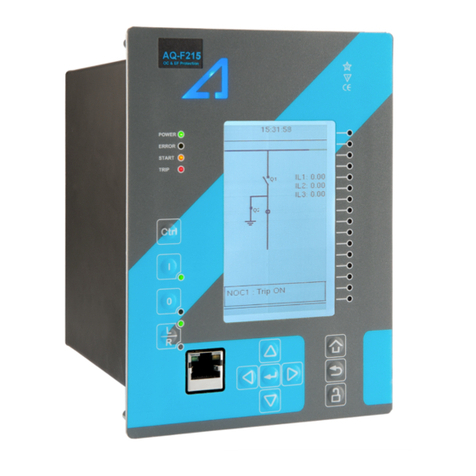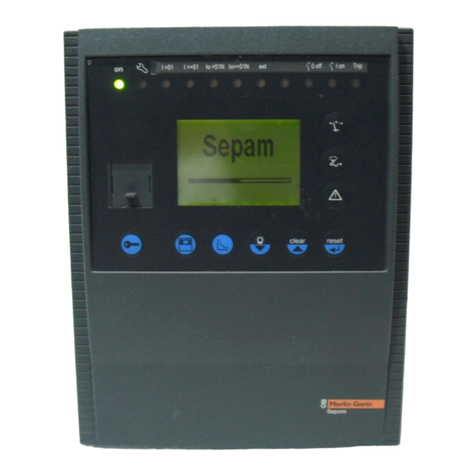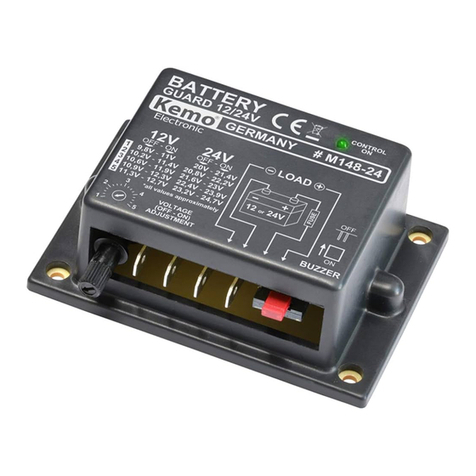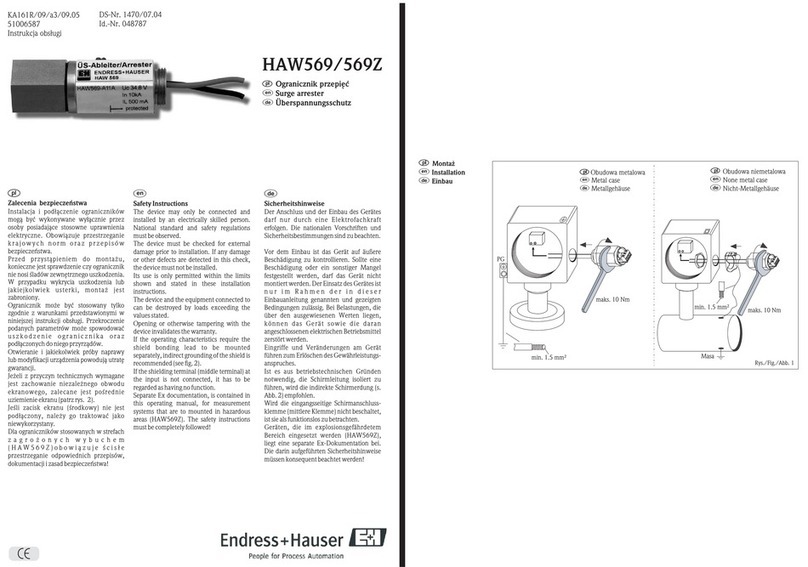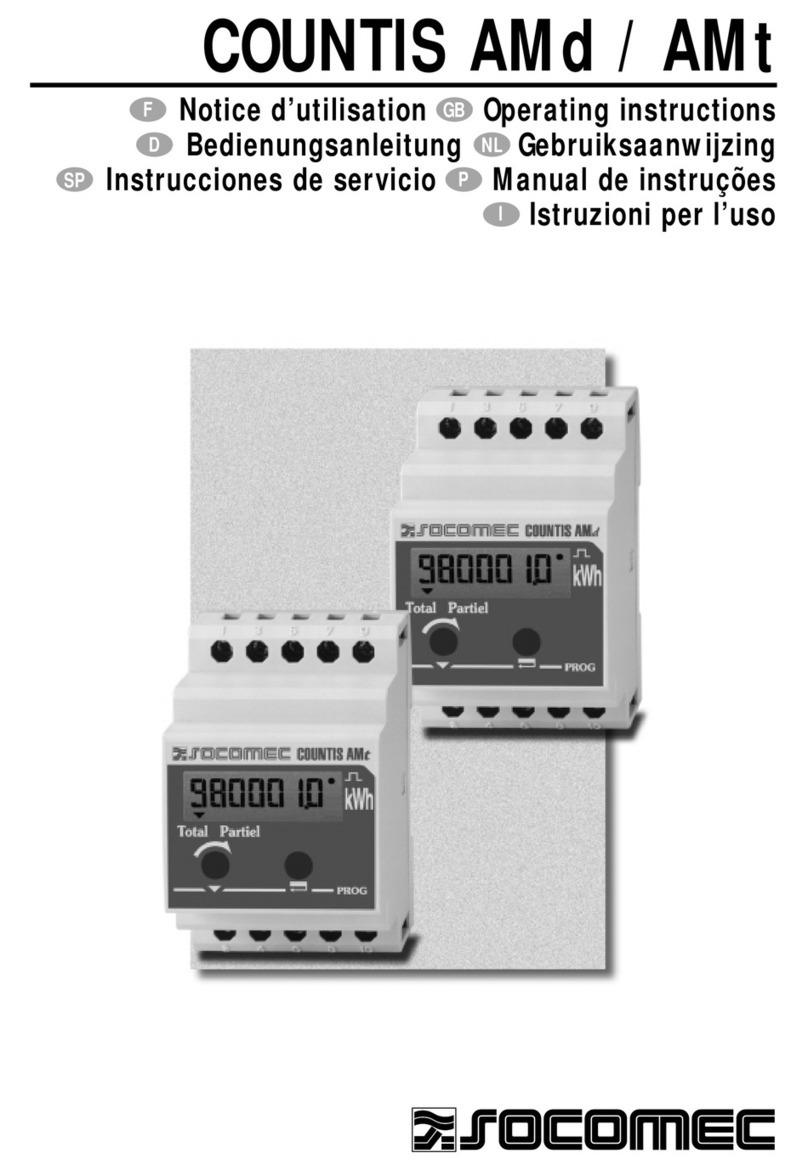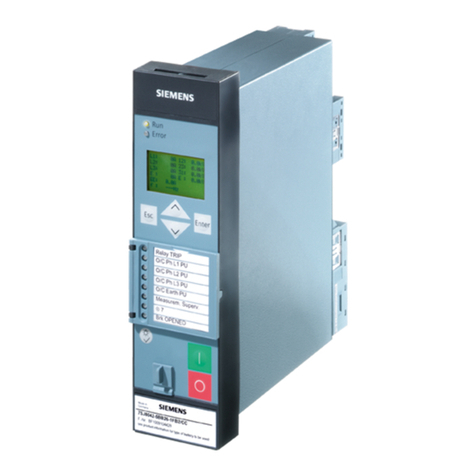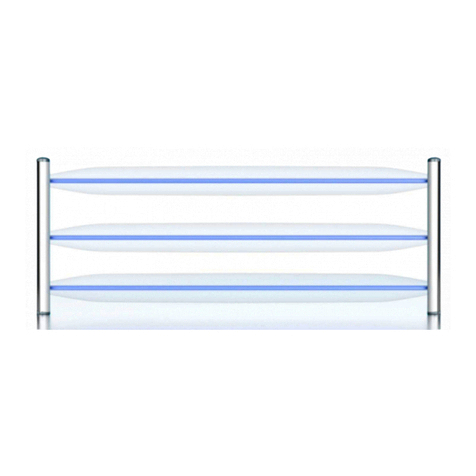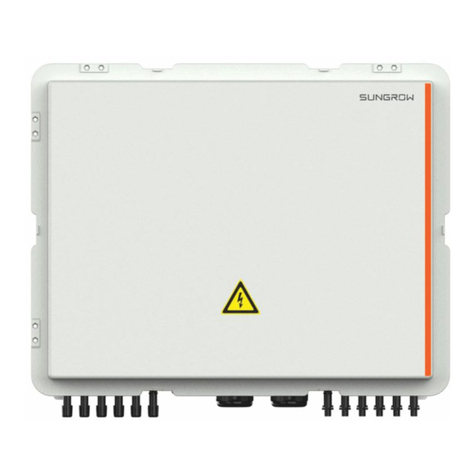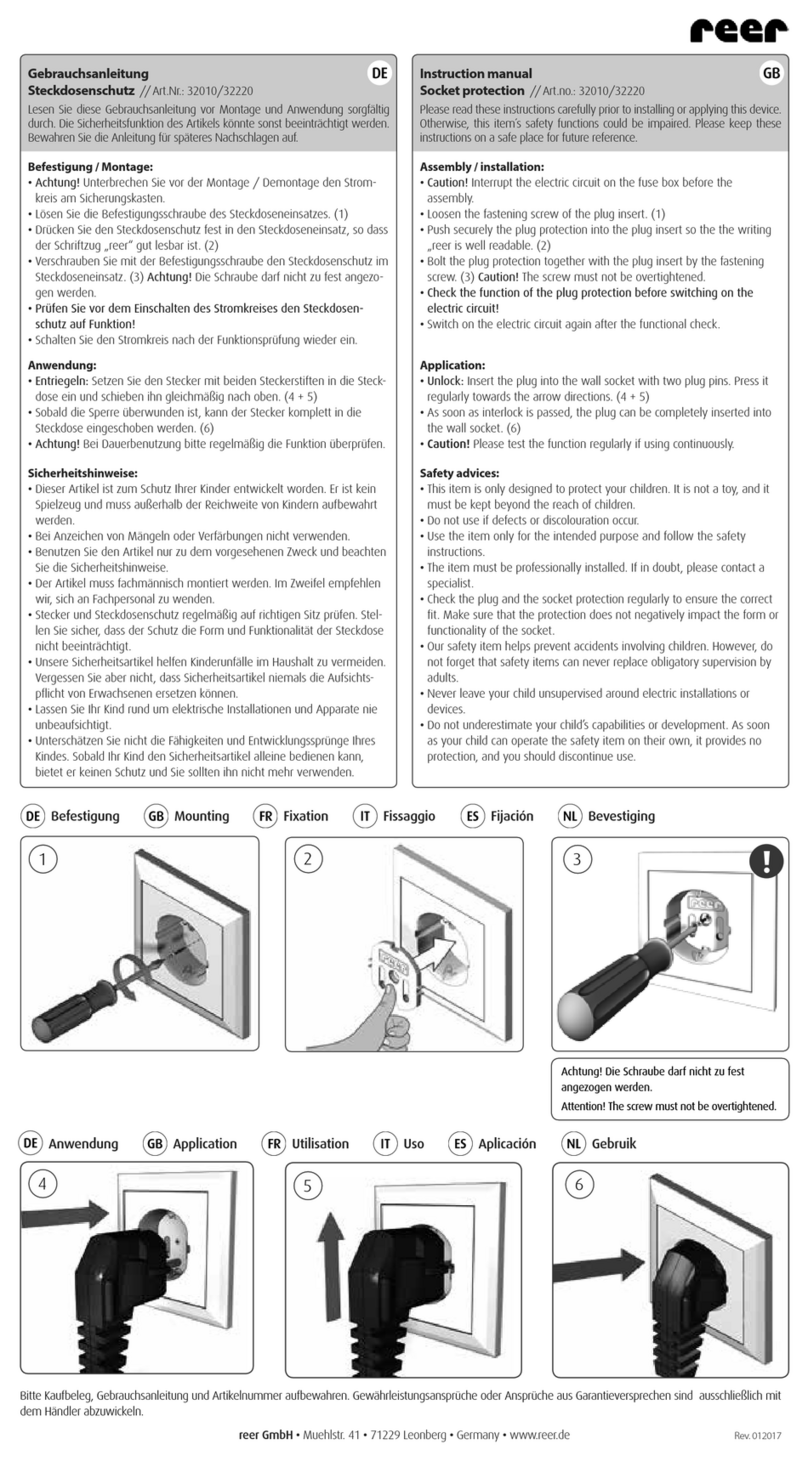
Instruction manual –AQ F210 Feeder Protection IED 4 (292)
5.1.1 NTP .......................................................................................................... 234
5.1.2 ModbusTCP and ModbusRTU .................................................................. 235
5.1.3 ModbusIO ................................................................................................. 236
5.1.4 IEC 61850................................................................................................. 236
5.1.5 GOOSE .................................................................................................... 240
5.1.6 IEC 103..................................................................................................... 241
5.1.7 DNP3........................................................................................................ 242
5.1.8 IEC 101 / 104............................................................................................ 242
5.1.9 SPA protocol............................................................................................. 243
6CONNECTIONS............................................................................................................ 244
7CONSTRUCTION AND INSTALLATION....................................................................... 247
7.1 CPU, IO and Power supply module.................................................................... 249
7.2 Current measurement module............................................................................ 250
7.3 Digital input module DI8..................................................................................... 251
7.4 Digital output module DO5................................................................................. 252
7.5 Arc protection module (option) ........................................................................... 253
7.6 RTD & mA input module (option) ....................................................................... 254
7.7 Serial RS232 & Serial fiber module (option)....................................................... 256
7.8 Double LC 100 Mb Ethernet module (option) ..................................................... 257
7.9 Installation and dimensions................................................................................ 257
8APPLICATIONS ............................................................................................................ 260
8.1 3-phase, 3-wire ARON input connection example.............................................. 260
8.1 Trip circuit supervision ....................................................................................... 261
8.1.1 Trip circuit open coil supervision with one digital input and connected trip
output .............................................................................................................. 261
8.1.2 Trip circuit open coil supervision with one digital input and connected and
latched trip output............................................................................................ 263
9TECHNICAL DATA ....................................................................................................... 265
9.1 Connections....................................................................................................... 265
9.1.1 Measurements.......................................................................................... 265
9.1.2 Auxiliary voltage........................................................................................ 266
9.1.3 Binary inputs............................................................................................. 266
9.1.4 Binary outputs........................................................................................... 267
9.1.5 Arc protection card (Option)...................................................................... 268
9.1.6 Communication ports................................................................................ 269
9.2 Protection functions ........................................................................................... 270
9.2.1 Current protection functions ...................................................................... 270
9.2.2 Arc protection function .............................................................................. 277
